My new year-view planner arrived yesterday and spent the day rolled out on the floor being flattened. Before I went outside to exercise this morning, I pinned it to the door across from my desk, so it would be there when I came back into write.
Now, I’m sitting at my desk, with the calendar in front of me when I look up, and I’m feeling a discomforting yearning.
I want all the days.
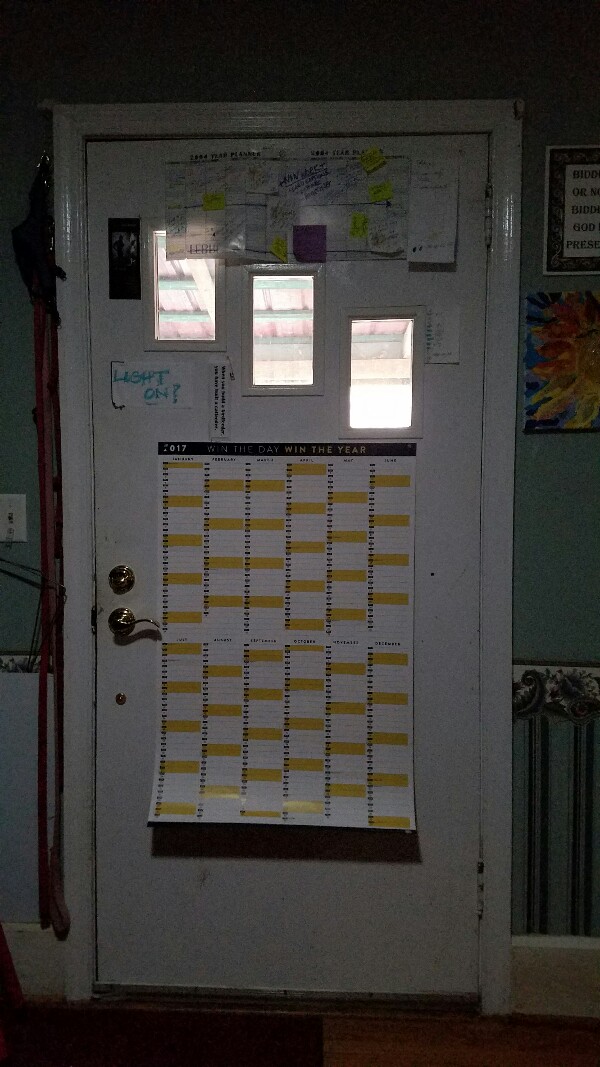
Year View planner from Best Self.
I want all the days to be wide-open, unstructured, with the freedom to make art, or write, as much as I want, and I want it to be like this all year. Most of the time, I don’t experience this feeling as acutely as I am experiencing it right now. Most of the time, I don’t look at an entire year at one glance.
Perhaps this is why I have not done a lot of full-year planning before.
A friend of mine says, “you can’t drive all the cars on the highway,” when he talks about road rage. I can’t have “all the days,” not all at once, not all rolled into one.
All I have is today. Even less than that, all I have is this exact moment, 8 a.m., dim light, probably going to be a sunny day but not sure about that yet. That’s why I didn’t edit the photo to make it look any brighter. This is exactly what it looks like right now, at this moment, from my desk.
I think I need to look ahead more than I have been doing. I certainly can’t defend my previous planning exercises based on the results. I believe I am more useful to myself and to my art if I have some moderately clear idea of what I would like to have accomplished within a certain period of time. Certainly, it would be useful to look ahead, and know where my big obligations are coming, so that I can be more ready ahead.
And at the same time, I am not thrilled with this discomforting feeling of wanting to know how the whole year is going to be. Perhaps better planning, which in my case is any planning at all, might make it possible to have more days be the way I love them being: no makeup, no driving, no appointments, lots of art. Still, planning doesn’t solve for one day at a time, and living in the moment, and “hell is wanting to be somewhere else.” I’m going to cut that header off the calendar. There is no winning and losing; there is only today, right now.
Incidentally, I do not like the weekends being marked in bright yellow. They could have been marked in a shade with much much less contrast. Similarly, the black “day” boxes are illegible, and useless from here. I can tell Monday; it’s the day after yellow. Sigh.
I find myself wondering if this is more a planner or a tracker; time will tell how it turns out.

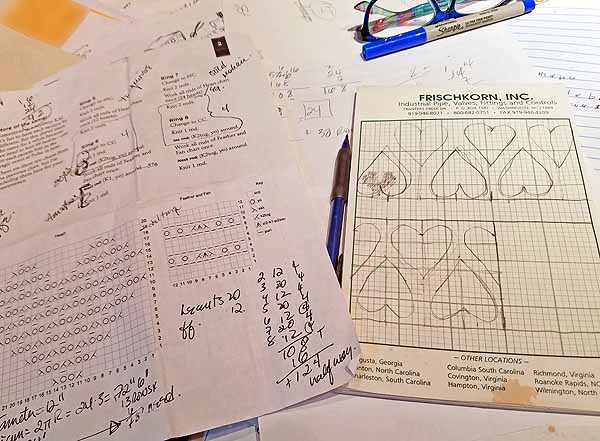
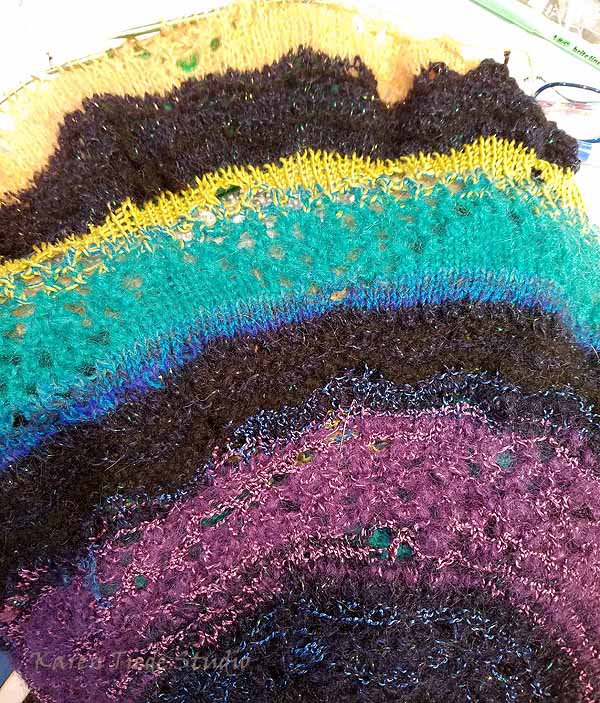
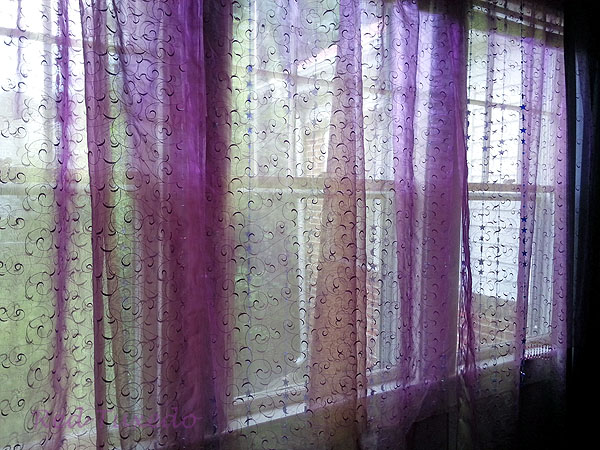
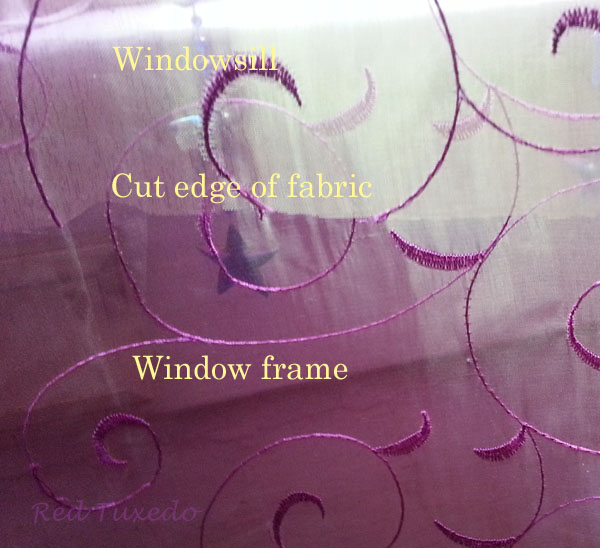
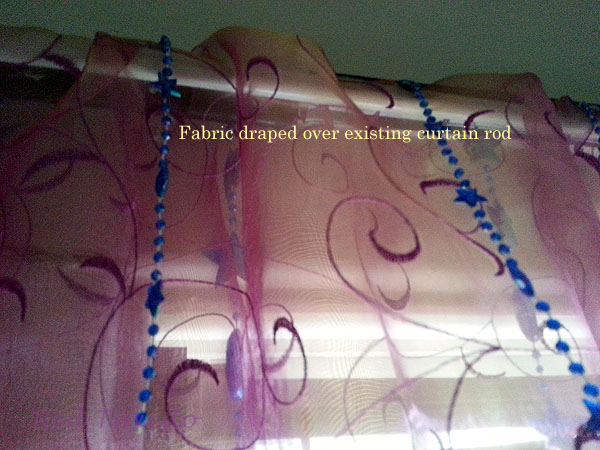




Follow Us!